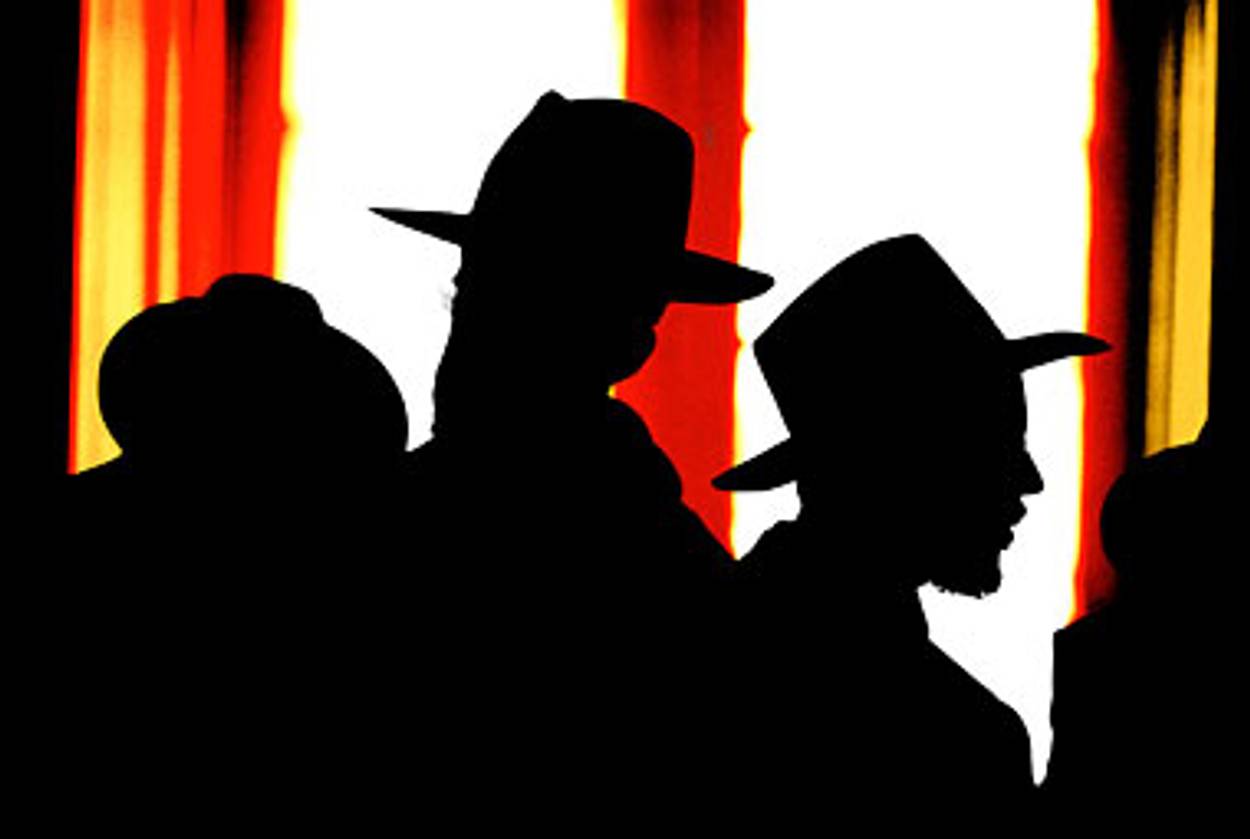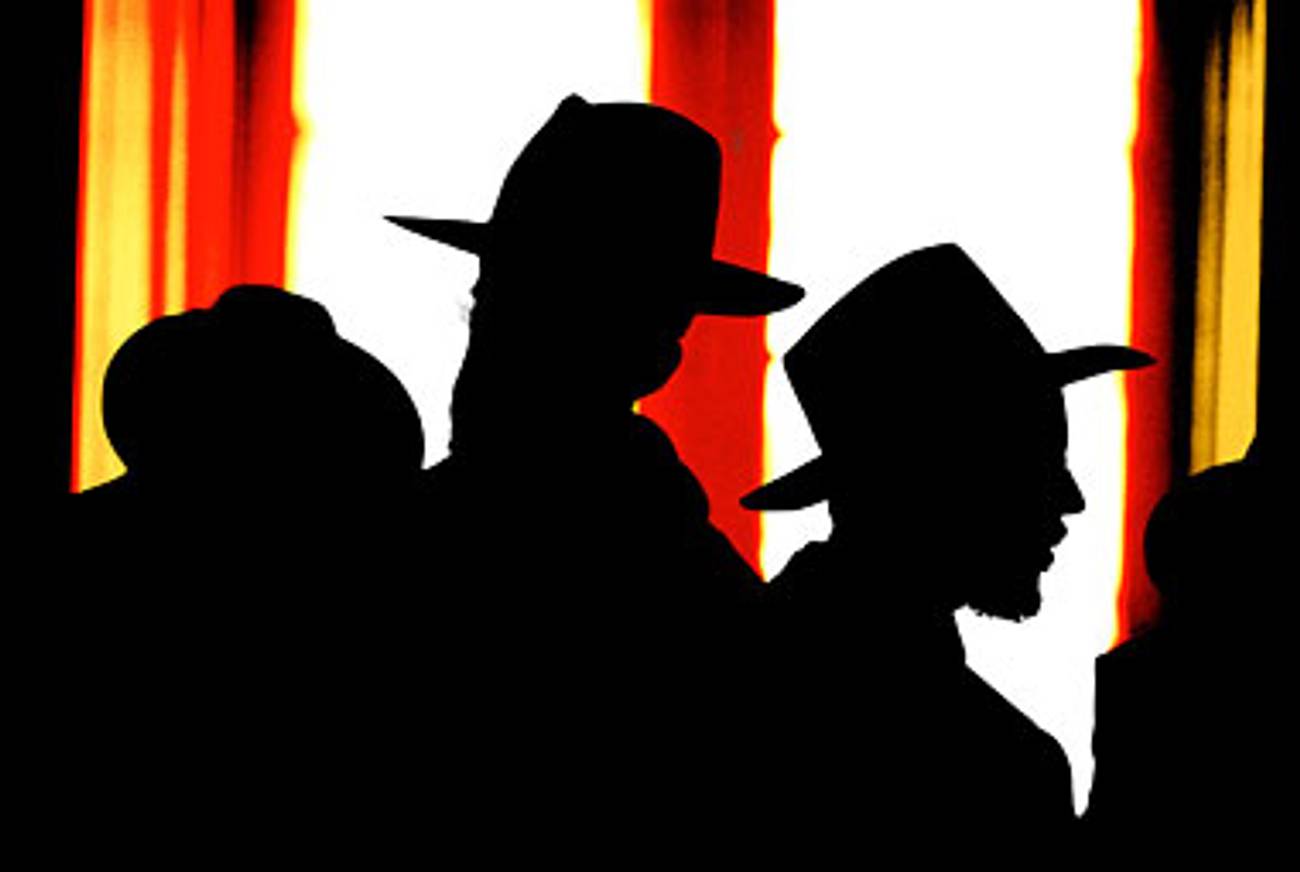Close Up
Photographer Frederic Aranda offers an intimate glimpse into the Lubavitch world




London-based photographer Frederic Aranda began taking pictures of Hasidim more or less by accident. While studying at Oxford and looking for a place to live, he stumbled across a house owned by a Lubavitcher rabbi. Aranda set up a studio in the house’s attic and started taking portraits of the rabbi’s family. Word spread and before long Aranda was taking pictures of Lubavitchers from both the immediate vicinity and beyond. (He has made three trips to Brooklyn’s Crown Heights neighborhood, home of the Lubavitchers’ world headquarters.) Aranda estimates that in the last seven years he has photographed some 3,000 Lubavitcher rabbis.
The pictures form the basis of an exhibition opening today and running through December 2 at Theprintspace Gallery in London. The exhibition, provocatively titled Kosherface, offers an unusually intimate glimpse into the world of the Lubavitch, a movement that manages to be at once visible and insular. Aranda’s arresting shots depict Lubavitchers in unexpected settings: a rabbi rowing a boat, a family seated in a studio, a child covering his mother’s pregnant belly.
Aranda, whose work has appeared in Vogue, Vanity Fair,and GQ, is primarily a fashion photographer. And while the work he has done with Hasidim is different from his mainstream material, there is some overlap. “The first thing apart from the rabbi’s sunny countenance was what he was wearing,” Aranda said, recalling his first meeting with his future landlord. “For Hasidic men it’s a very simple but very classic formula: the hat, the black suit, the shirt. These are basic staples of men’s fashion.” Aranda’s exhibit also includes portraits of color-smeared faces, garments, and hair. “I always thought it would be fun to experiment with color on what is very monochromatic clothing for the men,” he said. “It’s refreshing to see the hasidic in the context of fashion and beauty photography. I don’t want this to be a show just for Jews.”